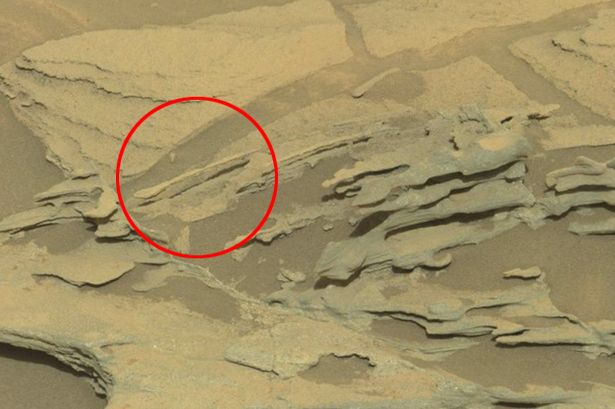In the quest to unravel the secrets of the Red Planet, Mars, peculiar images and anomalies captured by space exploration missions have sparked both fascination and speculation. From the iconic “Face on Mars” to alleged sightings of humanoid and creature-like formations, these enigmatic photographs have fueled debates about the possibility of extraterrestrial life on the neighboring planet. In this exploration of Martian anomalies, we delve into the intriguing history of these sightings and the scientific explanations that have debunked many extraterrestrial claims.

The controversy surrounding the “Face on Mars” dates back to 1976 when NASA’s Viking 1 orbiter captured an image of the Cydonia region, leading many to believe that the rock formations resembled a human face. This fueled theories of ancient civilizations on Mars. However, with advancements in imaging technology, subsequent high-resolution images dispelled the notion, attributing the resemblance to coincidental geological formations.

In 2007, NASA’s Spirit rover unintentionally captured an image of an object resembling a woman on Mars. This mysterious photo stirred hopes of a mystical Martian civilization and circulated widely on forums. However, astronomers quickly clarified that the humanoid figure was merely a rock with a shape reminiscent of a person, inadvertently caught in the rover’s lens.

Space enthusiasts claimed to spot a mouse-like creature in images taken by the Curiosity rover in September 2012. Despite initial excitement, scientists dismissed the possibility of rodents inhabiting Mars due to its harsh environment, marked by extreme cold and radiation levels incompatible with life as we know it on Earth.

In 2013, another anomaly resembling a frog garnered attention in images captured by the Curiosity rover. However, closer scrutiny revealed it to be another peculiarly shaped rock. This instance underscored the phenomenon of pareidolia, where the human mind perceives familiar patterns or objects in unrelated stimuli.
Subsequent years witnessed claims of lizard-like creatures, pyramid-shaped structures, and even images resembling women appearing in photos taken by the Curiosity rover. While these claims persist, scientists maintain that these are likely products of coincidence, optical illusions, or the human tendency to anthropomorphize unfamiliar objects.
The history of Martian anomalies is a testament to the human fascination with the unknown and the boundless imagination that often accompanies the exploration of distant worlds. While each discovery fuels speculation, it is crucial to approach these anomalies with a scientific lens, acknowledging the geological processes that contribute to the creation of seemingly familiar shapes on the Martian landscape. As technology advances, our understanding of Mars will continue to evolve, separating fact from fiction and contributing to the ongoing exploration of our celestial neighbor.

